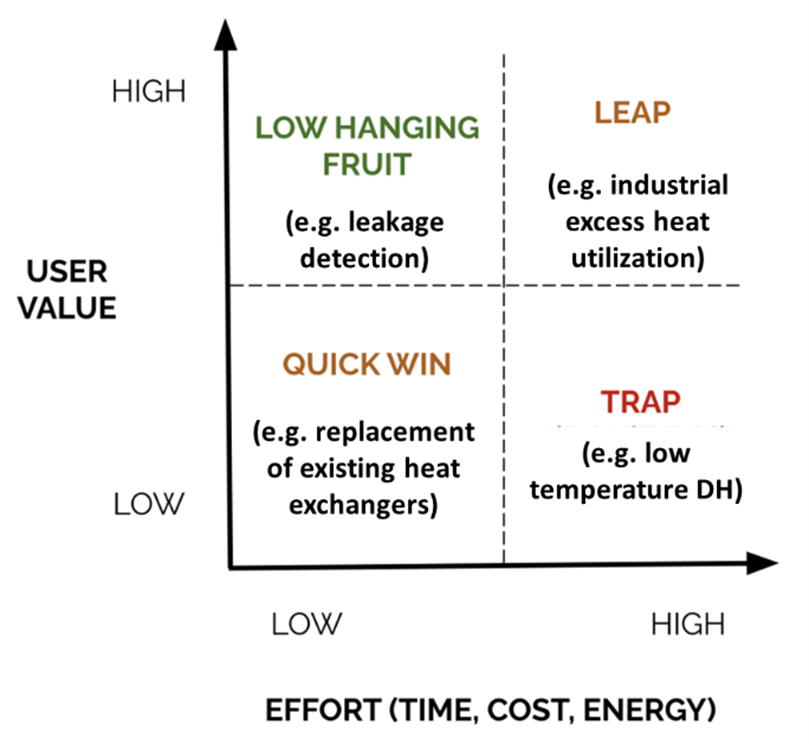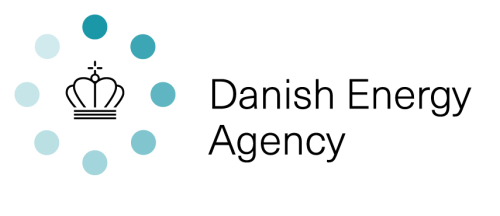On Wednesday, 8th December 2021 the first workshop with the newly established Sino-Danish Clean Heating Expert Panel took place (online). The main purpose of the workshop was to present the GAP analysis to receive feedback from the experts. The GAP analysis aims to compare the Danish and Chinese district heating systems, planning approaches, and frameworks with the perspective of identifying where knowledge exchange can be fruitful, and what areas the Clean Heating Program should focus on.
With this in mind, the workshop included a presentation of the already-identified 19 topics, and a topic-by-topic discussion of the main points.

Following the topic-by-topic discussion, a first attempt of classification of the GAP topics according to a prioritization matrix was done through a quick survey.
The experts were asked afterwards to assess in more details the priority level for each GAPs.
Consolidating these feedbacks, four key areas have been identified as the low-hanging fruits where the Clean Heating Program should focus in the coming years:
- Heat planning. The experts suggest top-down heat maps should be developed at national and province level, taking into account interconnection between regions and cities.
- Heat demand and supply forecasting. Heat forecasting is not established in China and the heat is being supplied as instantaneous into the grid. This makes planning of dispatch and supply security difficult to maintain if sudden peaks occur. Planning heat supply and demand several days/hours in advance using meteorological data ensures the network is charged with sufficient heat and enables the use and planning of thermal storage.
- Clean and renewable heat sources.
- Thermal storage in large network systems built in grids and/or in the plants can (1) help to balance peaks and (2) save green heating for later use.
- CHP and industrial surplus heat. The experts assess that there is a huge potential for using industrial (as well as waste incineration) excess heat and CHP surplus heat into district heating systems, but that some challenges need to be addressed, such as how to ensure a commercial viability. On the other hand, the supply of domestic hot water could be interesting instead of cooling down industrial surplus heat in summer. The experts agree that there is a need for urban planning and for understanding the business model.
- Renewable technologies such as large-scale heat pumps, geothermal and solar thermal should also be addressed to develop Chinese expertise.
Heating end-user: Return temperatures reduction. The reduced return temperature leads to reduced heat losses from the district heating pipes, increased network capacity, and increased efficiency in heat production. In Denmark, heat units have better efficiencies, thereby bringing down the return temperatures. In China, design parameters for household installations are currently not well-established and need to be improved. Moreover, intelligent heat exchangers/return valves are currently not being used in China.
Share this
Sector: District energy
Country / Region: China, Denmark
Tags: balancing, energy efficiency, geothermal energy, heat losses, heat pumps, improved efficiency, solar thermal, sustainable livelihoods approaches, valves, water resourcesIn 1 user collection: Sino-Danish Clean and Renewable Heating Cooperation Centre – Events
Knowledge Object: User generated Initiative
Publishing year: 2022


